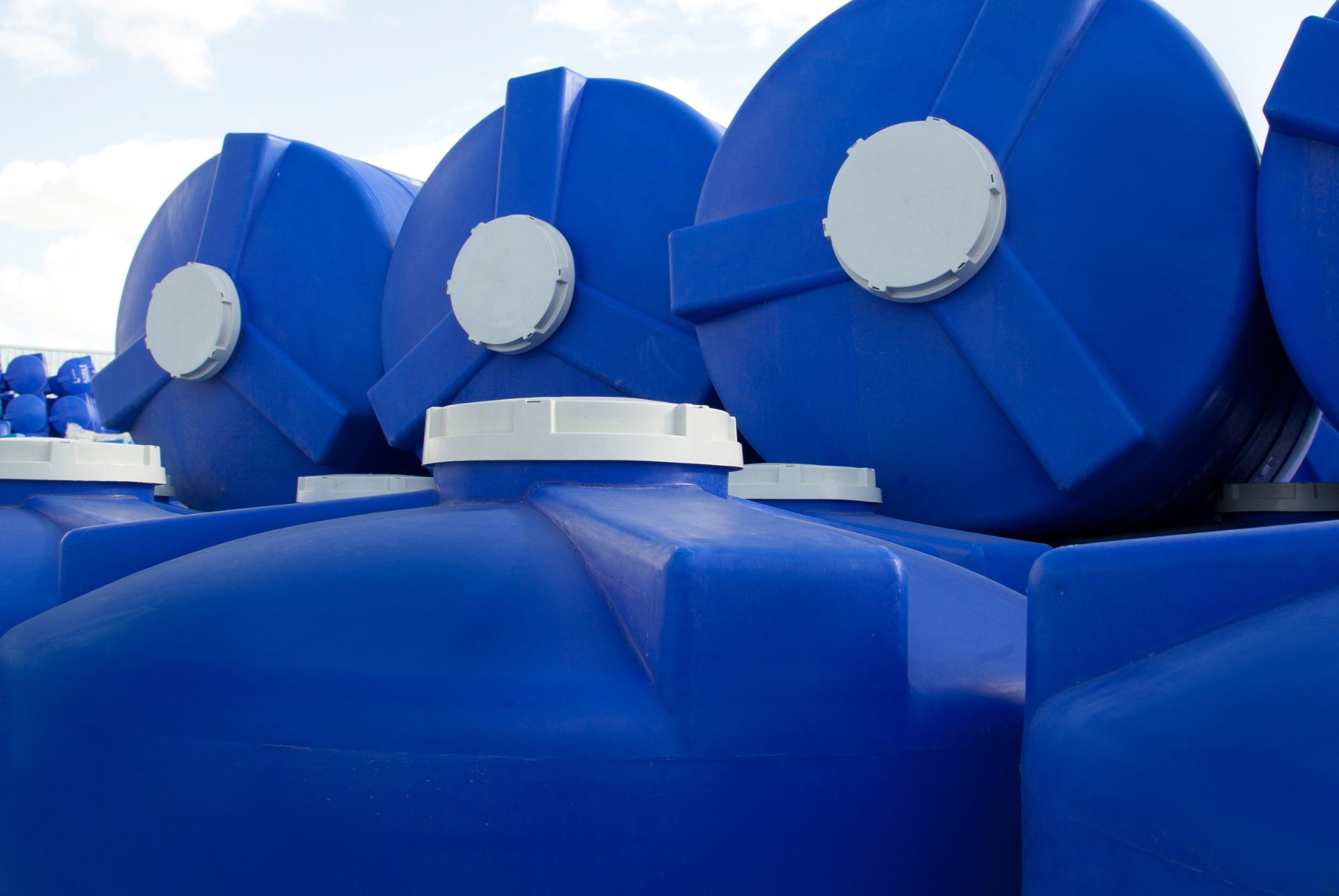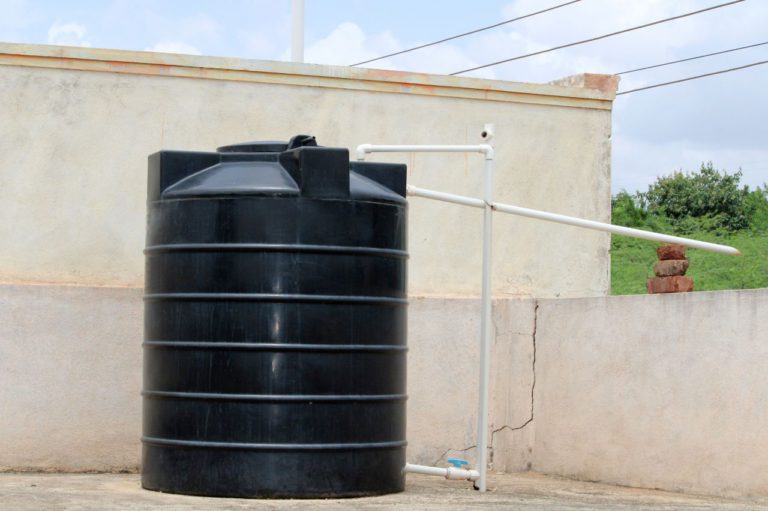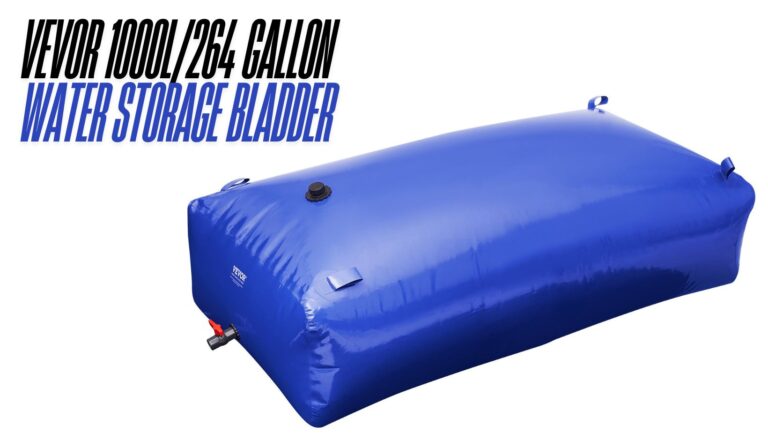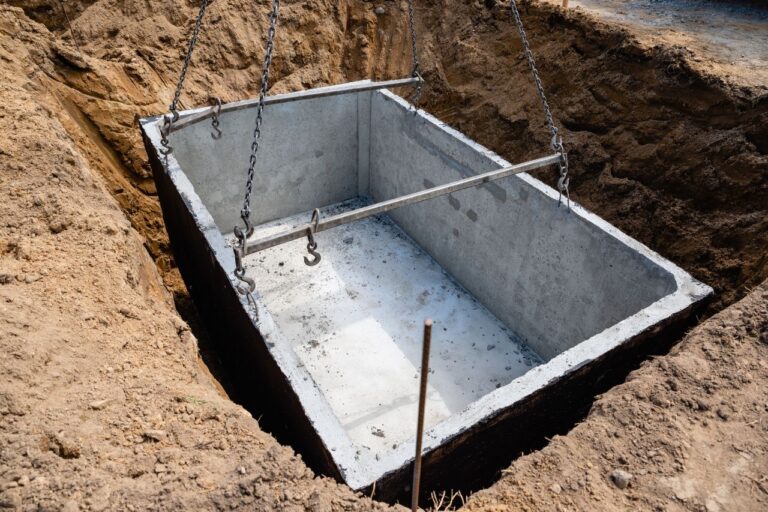Why You Should Use Chem-tainer Tanks for Your Projects
Why choose a Chem-tainer tank? Chem-tainer tanks are designed for superior quality and long-lasting reliability, making them the perfect choice for a variety of applications, from storage of liquids to production processes. If you’re looking for a dependable and safe solution, then ChemTainer has what you need.
Durability & Strength for Variety of Applications
Chem-tainer tanks offers a range of premium models that offer superior strength and durability. Constructed using advanced, corrosion-resistant polyethylene, they feature a wide variety of sizes to meet the requirements of any application. Whether you need an economical or sophisticated solution, Chem-tainer’s thick-walled and reinforced design ensures a robust performance even in the toughest environmental conditions.
High Grade Construction for Longevity and Versatility
Chem-tainer tanks are designed and constructed with a thick-wall and reinforced design to protect them in the toughest of conditions. With this robust construction, they can withstand extreme temperatures, resist UV degradation, and offer superior chemical resistance for unparalleled longevity and versatility. The sturdy construction also ensures that your tank will be ready for use in both residential and commercial projects.
Easy to Assemble & Install for Reduced Maintenance Costs
Chem-tainer tanks are designed for easy setup and installation, meaning that you can reduce maintenance costs. With their quick connection system, all you have to do is slide and secure the tank’s fittings and your tank will be ready to go. Additionally, Chem-tainer tanks come in a wide range of sizes so there is sure to be one that fits your specific project needs.
FDA Approved Resins Are Safe and Non-Toxic for Food & Beverage Contact
Chem-tanker offers tanks made with 100% polyethylene resin that is FDA approved for food and beverage contact. They also offer tanks made with polypropylene and other engineered polymers that are strong, lightweight, easy to install and resist cracking, which makes them a perfect choice for large-scale projects. Not only are these materials safe to use but they also won’t leach any harmful chemicals into your products, so you can be confident in the quality of your end product.
Customizable Options Available to Meet Unique Requirements
Chem-tainer tanks also come with an array of features that make them incredibly versatile and customizable. You can choose from several tank sizes and colors, along with optional components such as fittings, valves and more to meet a variety of needs. And with those customization options, you can find a tank that is tailored to fit your exact specifications. Plus, all products are backed by an industry-leading warranty for added peace of mind.
Material Selection Guide
Polyethylene
Polyethylene is a strong thermoplastic, with excellent resistance to physical damage and chemicals. It can be used for tanks and containers in industrial, agricultural and food settings, due to its superior chemical resistance. Its natural color ranges from light white to creamy yellow, depending on wall thickness and type. Additionally, ultraviolet light stabilizers can be added for outdoor usage if necessary. Furthermore, there are added options for custom colors upon request for a nominal fee; polyethylene is also BPA-free material.
Linear Polyethylene
Linear Polyethylene is a form of polyethylene that can be found in three densities – low, medium, and high. The most commonly used are Medium and High-Density Polyethylene (LMDPE and LHDPE) due to their superior mechanical properties, high stiffness, excellent low-temperature impact strength and environmental stress crack resistance. It also meets FDA regulations for food contact applications such as 21CFR177.1520 (c) 3.1 and 3.2 for maximum operating temperatures of 140° F. Additionally, it is completely BPA-Free making it safe to use in food products!
Crosslinkable Polyethylene
Crosslinkable polyethylene (XLPE) is a type of high-density polyethylene that has been modified with a crosslinking agent. This agent reacts with the polyethylene during molding, creating a reinforced molecular chain that gives the material improved toughness and resistance to environmental stress cracking. Unfortunately, XLPE is not weldable and does not meet the criteria set out by FDA 21CFR177.1520. The maximum recommended operating temperature of this material is 150°F (65°C).
Polypropylene
Polypropylene (PP) is a type of rigid plastic that has a higher maximum operating temperature than polyethylene at 212°F. It offers good chemical resistance, high stress crack resistance and is autoclavable. However, it does have limitations in its ability to withstand sub-zero temperatures or any application requiring high impact strength. Its interior surface has a tendency to be rough and irregular due to the molding process.
Consideration to Material Selection
Elevated temperatures
Elevated temperatures can have adverse effects on the lifespan of a tank or vessel, especially when used for an extended period of time. The degree to which temperature may affect the structure of the tank depends on various factors such as its material of construction, size, configuration, and wall thickness. It is also important to consider the concentrations of chemicals being stored inside and their corresponding specific gravity.
Exposure to ultraviolet (UV)
Exposure to ultraviolet (UV) light can have detrimental effects on unprotected thermoplastics. This exposure leads to discoloration, embrittlement, cracking, and accelerated rates of damage in hotter climates. To combat this problem, Chem-tainer utilizes the latest UV stabilizing technologies for their products. Placing tanks in shaded areas or ordering dark-colored tanks can also reduce exposure to UV rays and extend the life of the plastic material.
Environmental stress cracking (ESC)
Environmental stress cracking (ESC) is a type of degradation to plastics caused by exposure to a combination of stress and certain surface-active materials. These can include common liquid detergents, ultra-pure water, and other chemicals. Elevated temperatures tend to accelerate stress cracking and all polyethylene are prone to this form of degradation. However, some materials are more resistant than others. That’s why it’s important to design tanks and systems that minimize stress, as well as using materials that are highly resistant to ESC. Chem-tainer tanks, for example, are molded visually stress free, with less risk of cracking than fabricated tanks. To prevent the occurrence of ESC it is important to take care when filling and handling the tank, avoiding putting unnecessary stresses on the plastic components where possible.
Key Takeaways:
- Chem-tainer tanks are designed for superior quality and long-lasting reliability.
- Chem-tainer tanks can withstand extreme temperatures, resist UV degradation, and offer superior chemical resistance.
- Chem-tainer tanks are made with FDA-approved resins that are safe and non-toxic for food and beverage contact.
- Chem-tainer tanks offer a material selection guide, including polyethylene, linear polyethylene, crosslinkable polyethylene, and polypropylene.
- Elevated temperatures can affect the lifespan of the tank, and considerations should be made based on material, size, and configuration.
- Exposure to UV light can be mitigated through UV stabilizing technologies and placing tanks in shaded areas.
- Environmental stress cracking (ESC) is a type of degradation that can occur in plastics, and tanks should be designed to minimize stress and use materials resistant to ESC.






